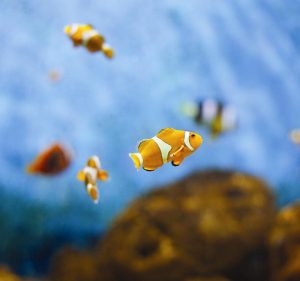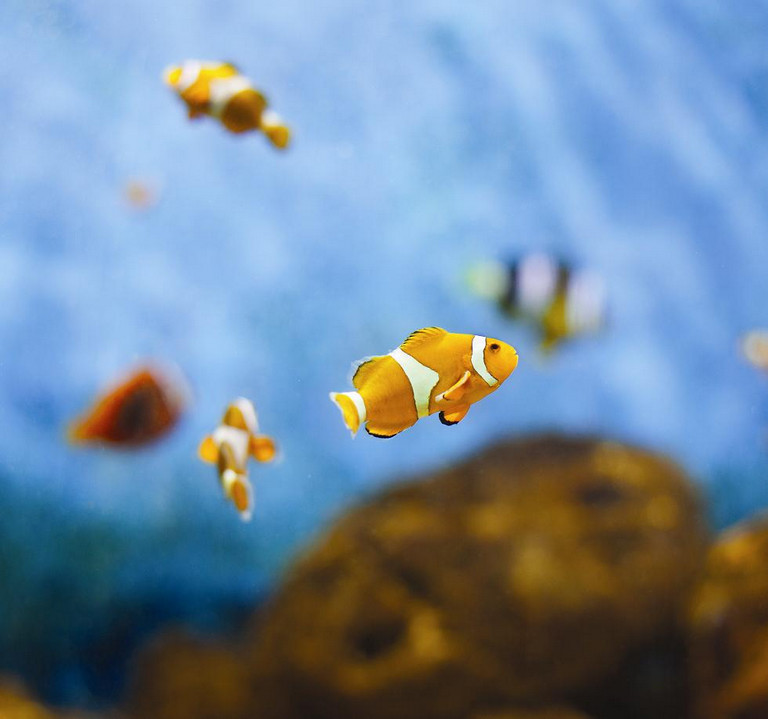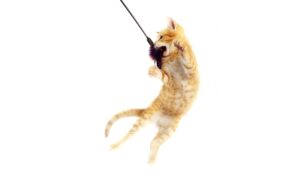Complex Choices
Jason Kamery //May 5, 2014//
When it comes to keeping reptiles and aquatic species in a retail store, one of the first choices an owner must make is whether to offer captive-bred and raised, or wild-caught animals.
Before making any final decisions, remember that having a good livestock section means the animals must be healthy, there must be a variety of them and they should be realistic for the retailer’s customers to keep. These considerations are intimately related to the types of animals you choose to house in your store.
Wild-Caught Species
In the early days of both the aquatic and reptile hobbies, most of the animals were wild caught. Pioneers would head out to far-flung locales around the world and bring back species that were never before seen, let alone kept.
Although the situation has changed, today many marine fish and certain types of invertebrates, such as giant clams, are still wild caught, as are specialized freshwater species and reptiles.
“There is definitely a need to import fish,” Sandy Moore, vice president of Segrest Farms, said. “We look to countries like Indonesia where fish are mostly raised in tanks in school batches because people want variety. Then we look to countries like Singapore and Malaysia and Thailand for fish that we can’t raise as efficiently in Florida because they are so labor intensive.”
One of the first things to keep in mind with wild-caught species is that most retailers do not import the animals on their own. Moore explained that there are very high fees associated with getting an import license, and you need to develop a relationship with appropriate government agencies. In order for this to be worthwhile, retailers would need to turn over a huge volume of imported fish, which is unlikely in most cases.
Instead, retailers can order wild-caught fish through importers that already have the import license and know the laws. Chris Buerner, owner of Quality Marine, suggests retailers look for transparency and have trust in a wholesaler.
“What I mean by that level of trust is that, is there enough transparency, is there traceability, is there visibility to the origins of an organism,” Buerner said. “…If they are buying animals that are wild harvested, is there an assurance or any mechanism there for organisms traceability to its origin. So, if someone is buying a coral beauty from Fiji for example, do they feel good, is there some way they can ensure or be assured that those organisms are truly coming from those origins? The reason that is important is because there are varying levels of collection, responsibility or management from wherever these animals are coming from. [In] certain source countries, the management and the handling is better, [so] those animals tend to do a lot better than animals originating from regions where there isn’t that oversight or attention to handling detail.”
Once you have found trusted importers, another challenge with importing animals from the wild is providing the right care for them. Aquatic species coming in from the wild may have parasites or diseases, and should be quarantined even if the importer has already done so. They also are less likely to adapt to a captive diet, and retailers may have to offer them nonstandard fare that better replicates their natural diet to keep them in good health.
Captive Bred
The discussion of getting wild-caught animals used to a captive environment brings us to one of the greatest advantages of captive-bred organisms: They were born in an artificial environment and, therefore, are used to the foods, as well as other aspects of captivity.
Dustin Dorton, president of Oceans Reefs and Aquariums, put it succinctly: “Generally, captive bred fish acclimate to aquarium life better; they have already been in an aquarium their entire life.”
“Farm-raised fish are generally hardier,” he said. “They will arrive at a retailer without any diseases. And, also, there is the environmental aspect of not taking the fish from the reef. Another thing is the availability. They are available all the time.”
Breeding in captivity is ubiquitous in the freshwater hobby and retailers can get everything from cichlids to livebearers, tetras to killifish that have been captive bred. Similarly, most common reptiles are captive bred as well.
“Twenty percent of animals are wild-caught versus 80 percent captive bred,” John Mack, president of Reptiles by Mac, said. “That’s pretty much an industry standard.”
However, the marine aquarium hobby is another story. While many corals are fragged in captivity, broken into pieces that grow into new colonies, comparatively few fish are captive bred, although the number has been growing in recent years.
Instead of just buying from fish farms, both in the U.S. and abroad, another option for retailers looking to stock captive-bred fish is to work with local hobbyist breeders, including customers who frequent their store.
Legal Issues
“From dogs to cats to reptiles, from local to state all the way to a federal level, there are regulations for the sale of pets,” Mack said. “All the endangered species are regulated on international trade. They are just monitoring the numbers to make sure they are staying healthy in the population.”
That being said, the marine aquarium hobby has been under increased scrutiny lately. The National Oceanic and Atmospheric Administration is currently considering whether or not to list 66 corals under the Endangered Species Act protection.
“Basically there are groups that have petitioned NOAA to do this,” Buerner said. “It’s questionable if there is enough data to support this potential listing of these corals, and potentially other fish, that have been petitioned under the ESA.”
If the law goes through, companies will not be able to import or sell, even if they are bred in captivity. Once an organism is listed to the ESA, they are protected and there are tremendous regulations associated with any resale or handling of them.
“Once [the laws] are on, it’s really hard to get them off,” Buerner said. “More problematic is that once they are on, it opens a door for lots of other corals of the same genera or fish of the same genius to be listed.
“Most of these things are being listed under the guise of global warming or habitat destruction. It’s not that they are worried about these corals being endangered or threatened today. It’s that in time these corals can suffer due to ocean acidification or global warming trends. That’s a precedent, [and] if that’s set, then you can almost arguably list any species in the sea under the same guidelines. So it’s a precedent we are compelling NOAA to be very cautious [about].”
In response to the proposed regulations, the Pet Industry Joint Advisory Council, or PIJAC, has launched the Marine Ornamental Defense Fund. On their website they are encouraging marine hobbyists and small-business owners to donate and help to “fight for the long-term viability of having fish as pets.” Recently they also submitted new information to the National Marine Fisheries Service regarding the distribution and abundance of the 66 species of coral in question.
What to Do
Until these regulations go into effect, ultimately the decision of what to offer is based on a combination of factors. For example, if a retailer simply wants to offer a freshwater aquarium section, retailers may choose to go mostly, or even entirely, with captive-bred fish. However, most well-rounded stores offer a complete line of both captive-bred and wild-caught animals.
The most important thing to succeed is to educate customers on what they are buying. If someone new to the aquarium hobby purchases a wild-caught fish that is considered nearly impossible to keep, they will fail and likely drop out of the hobby. If you steer them to a captive-bred, hardy fish, they may keep coming back for years to come.



















